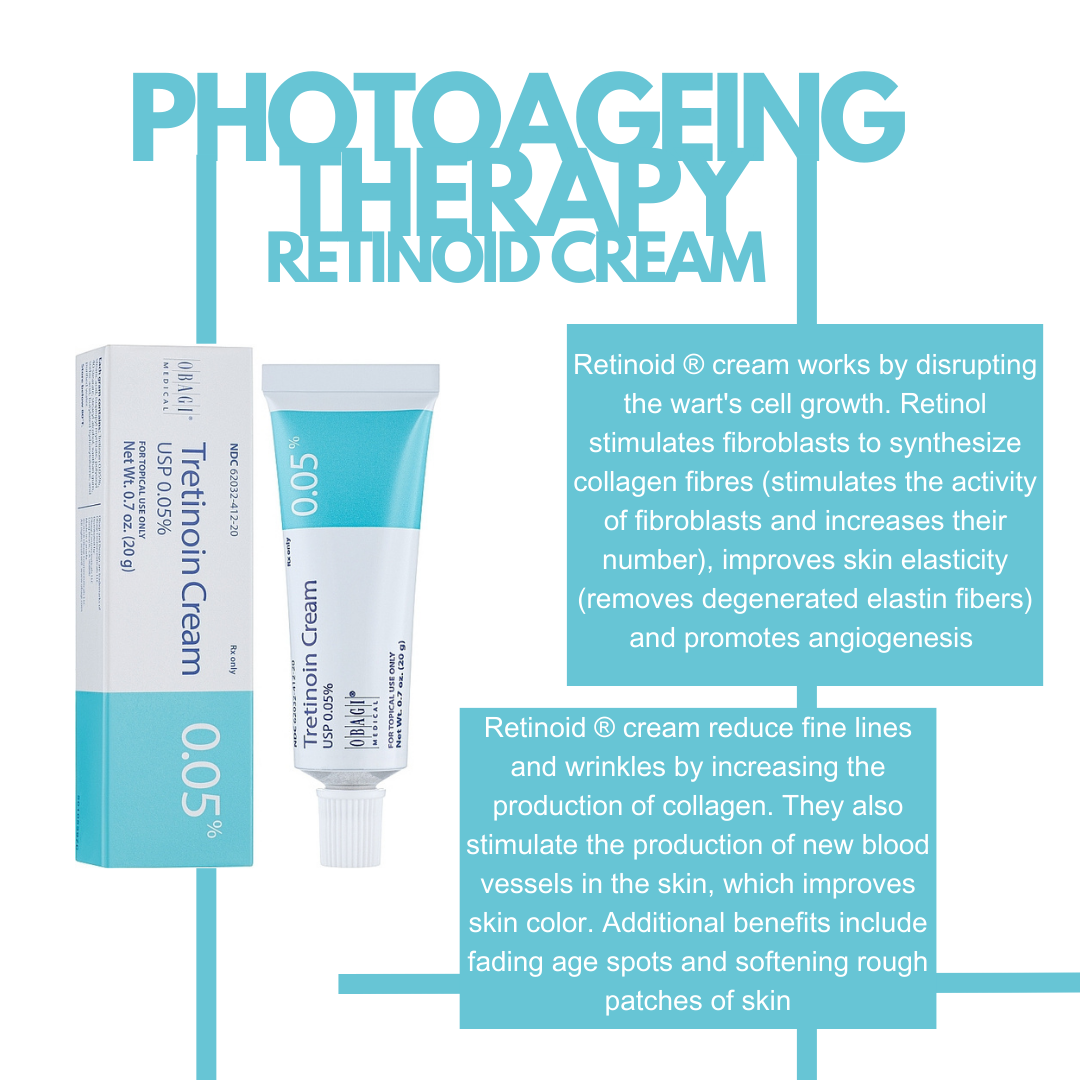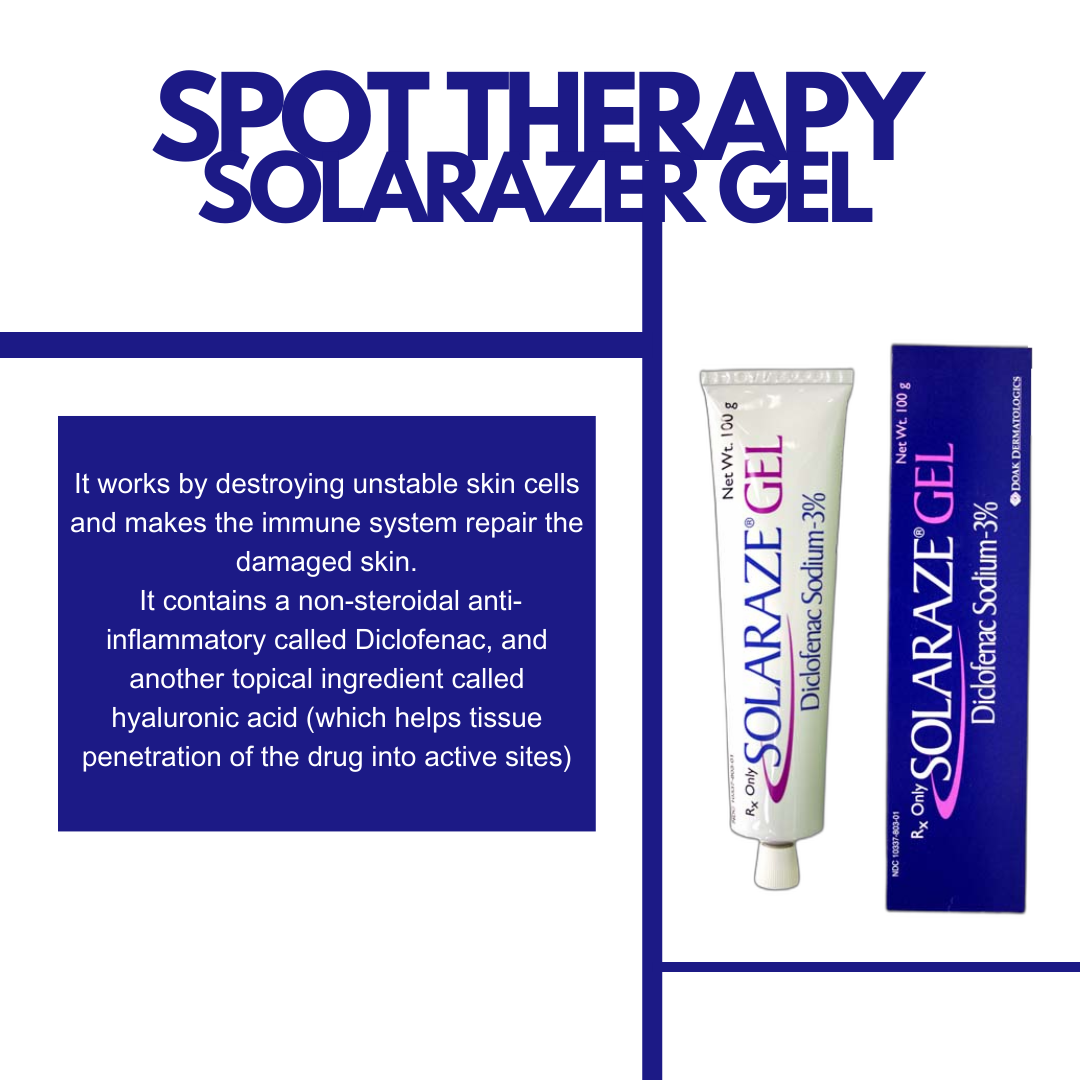Skin Cancer - Introduction
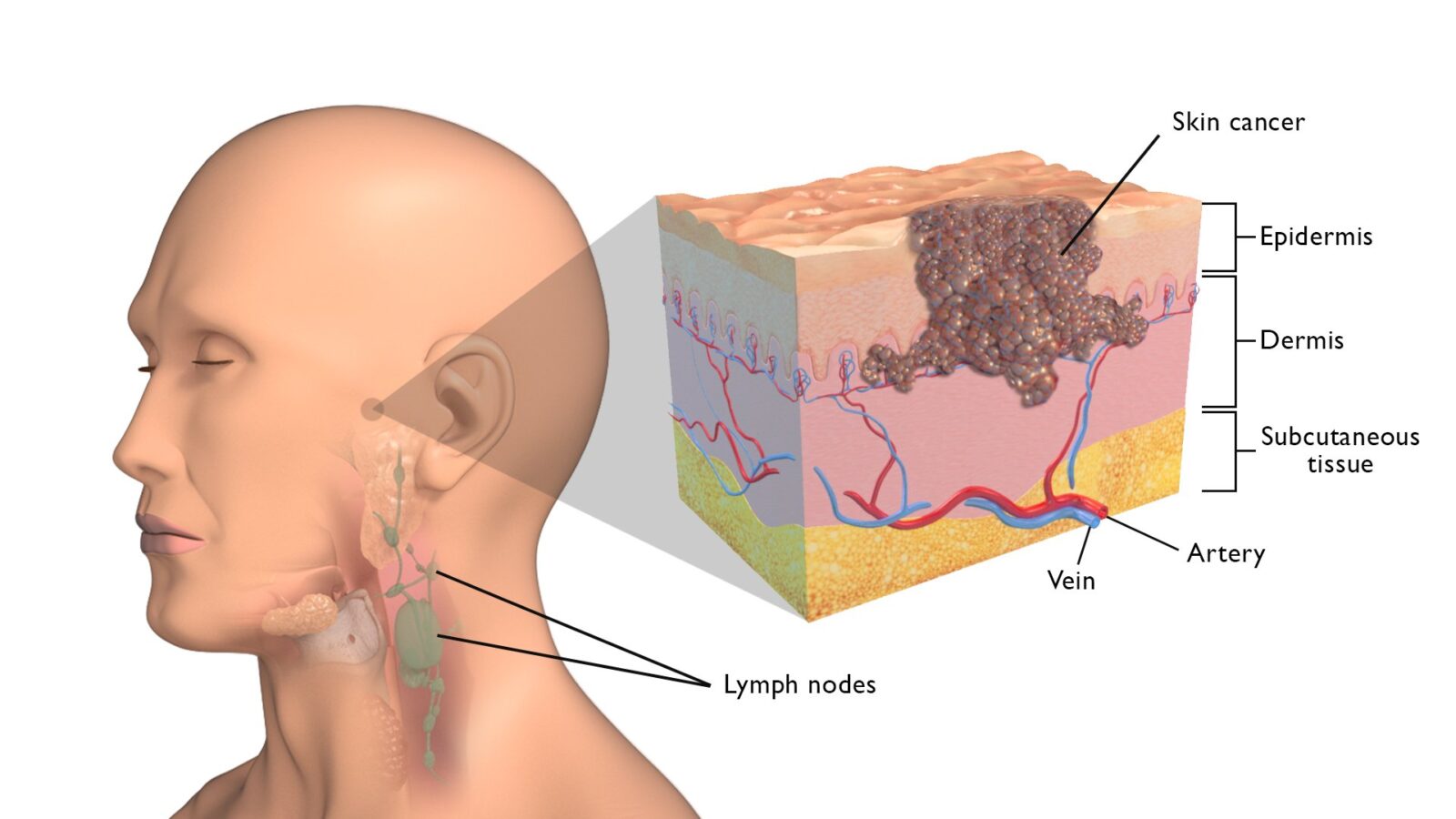
Australia has one of the highest rates of skin cancer in the world due to several factors:
- High UV Exposure: Australia experiences high levels of ultraviolet (UV) radiation from the sun due to its geographical location and climate. This prolonged exposure to UV radiation increases the risk of skin damage and the development of skin cancer.
- Outdoor Lifestyle: Australians often engage in outdoor activities such as sports, recreation, and work due to the country’s sunny climate. This lifestyle increases exposure to UV radiation, further contributing to the incidence of skin cancer.
- Fair Skin Population: A significant portion of the Australian population has fair skin, which is more susceptible to sun damage and skin cancer. People with fair skin have less melanin, a pigment that provides some protection against UV radiation.
- Cultural Attitudes: Despite awareness campaigns about sun protection, some cultural attitudes in Australia, such as the desire for a tan, can lead to inadequate sun protection practices. Failure to protect the skin from UV radiation increases the risk of skin cancer.
- Ozone Depletion: Australia’s proximity to the Antarctic ozone hole contributes to higher levels of UV radiation reaching the Earth’s surface. Ozone depletion allows more UV radiation to penetrate the atmosphere, increasing the risk of skin damage and skin cancer.
Overall, a combination of environmental factors, cultural attitudes, and lifestyle choices contributes to the high incidence of skin cancer in Australia. It underscores the importance of sun protection measures and regular skin checks to reduce the risk and detect skin cancer early for effective treatment.
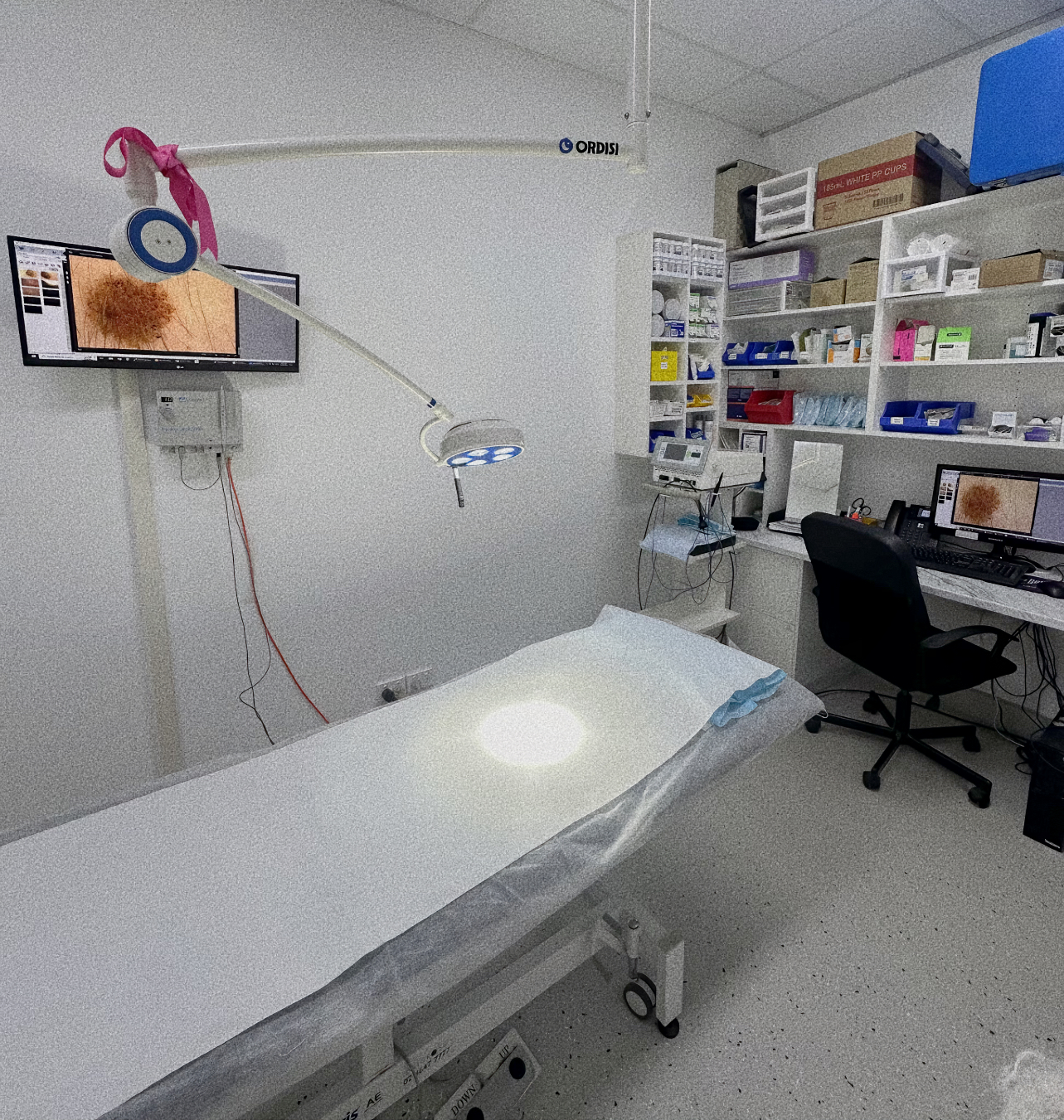
- Do you have any family history or any history of Skin Cancer or Melanoma?
- Do you have any concern mole/spot?
– In the meantime, you can observe the screen while Dr P. Urosevic uses dermoscopy to examine moles. This allows you to actively participate in your care, enhancing understanding and involvement in the examination process.
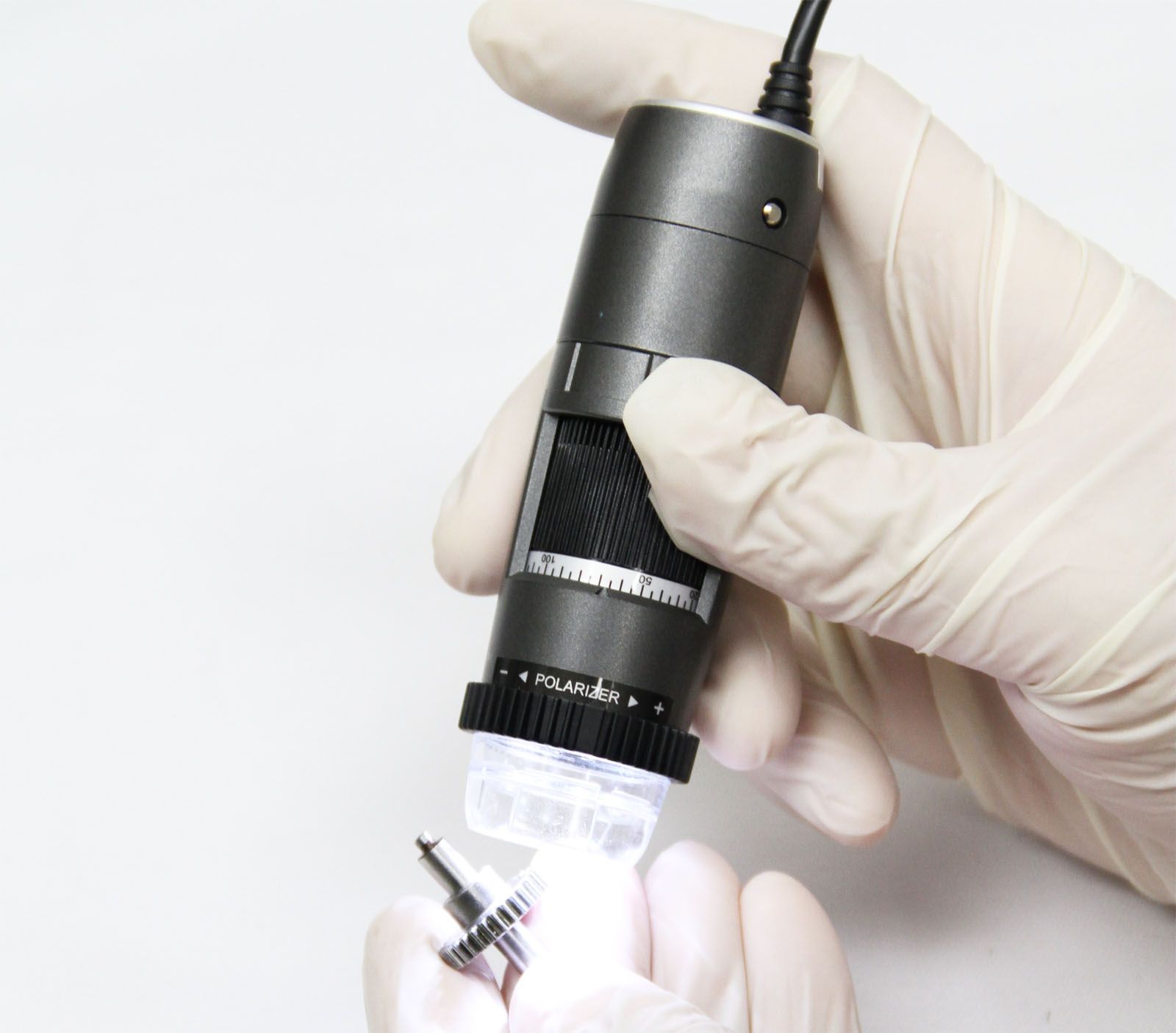
Dermatoscopy: Help us to detect any irregular mole/ spot
Understanding Dermoscopy:
Dermoscopy is a non-invasive imaging technique used by us to examine skin lesions and moles. It involves the use of a handheld device called a dermatoscope, which provides a magnified and illuminated view of the skin’s surface.
Why It’s Useful:
Dermoscopy enhances the ability to detect skin cancer and irregular moles by allowing us to observe specific features not visible to the naked eye. These features include pigment patterns, vascular structures, and other subtle characteristics that can indicate the presence of skin cancer or abnormal growth.
Benefits:
- Early Detection: Dermoscopy enables early detection of skin cancer by identifying suspicious features in lesions or moles that may not be apparent during a visual examination alone.
- Improved Accuracy: By magnifying and illuminating the skin, dermoscopy enhances the accuracy of skin cancer diagnosis, reducing the likelihood of missed or misdiagnosed lesions.
- Guided Biopsies: Dermoscopy helps guide dermatologists in deciding which lesions require further evaluation through biopsy, ensuring that only suspicious or high-risk lesions undergo invasive procedures.
Understanding the importance of proactive skin health management, our clinic utilizes advanced techniques such as mole photo comparison to monitor skin lesions effectively.
Mole photo comparison involves taking detailed photographs of suspicious skin spots and comparing them over time to detect any changes. This method is particularly beneficial when a spot is not yet ready for biopsy, appears irregular, or exceeds the criteria for a conventional shave biopsy.
By systematically documenting the evolution of skin lesions through photography, Dr. P. Urosevic can discern subtle alterations in appearance, such as changes in size, shape, or coloration. These observations inform clinical decision-making, guiding our approach towards further investigation or intervention.
Regular review of mole photos empowers Dr. P. Urosevic to identify early warning signs and tailor treatment plans accordingly.
- If the mole may remain stable, showing no significant changes compared to previous photos. In this case, Dr P. Urosevic may recommend continued monitoring at regular intervals.
- In cases where progression or concerning features are noted, Dr. P. Ursovic may recommend follow-up procedures such as shave biopsies, punch biopsies, or excision biopsies to obtain definitive diagnostic information.
Through the integration of mole photo comparison into our practice, we prioritize proactive surveillance and early detection of skin abnormalities, ensuring optimal patient outcomes and promoting long-term skin health.
For more information on mole photo comparison and our comprehensive dermatological services, please contact our clinic to schedule a consultation with one of our experienced dermatologists.

